The DfE funded NCETM has 5 Big Ideas at the core of Teaching for Mastery (TfM) in Mathematics for all UK schools. For a 21st Century Mathematics education the place of Digital Dynamic Technology must surely be included and become the 6th Big Idea in TfM.
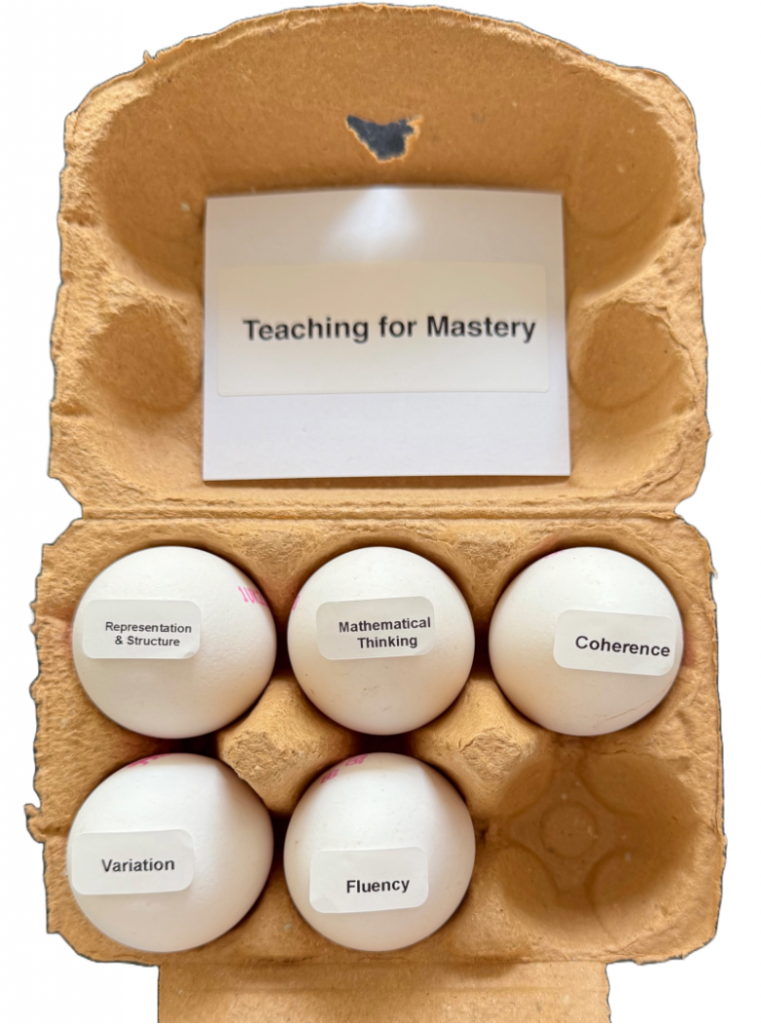
The JMC report of 2011 highlighted this missing element and in 2023 said little had changed. In 2025 there is still an absence of dynamic technology being promoted.
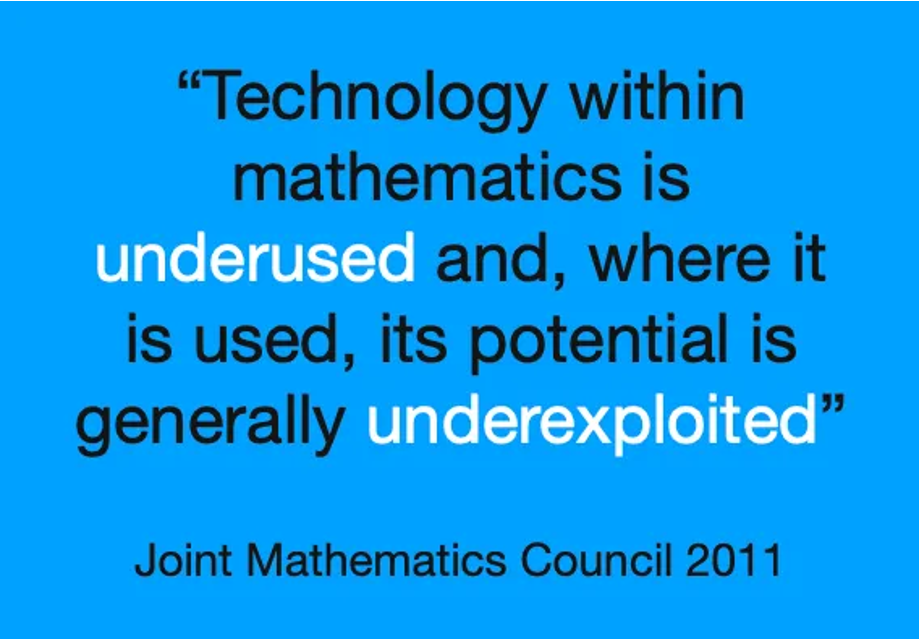
The current practice of using PPT with single use animation does not offer anything like the potential of dynamic technology, results in children ‘watching’ and not being given the opportunity to see ‘in the moment’ visual responses to questions they ask. The integration of dynamic tools and interactive learning experience creates a more engaging and personalised learning environment for all children to develop the essential Mathematical Behaviours.
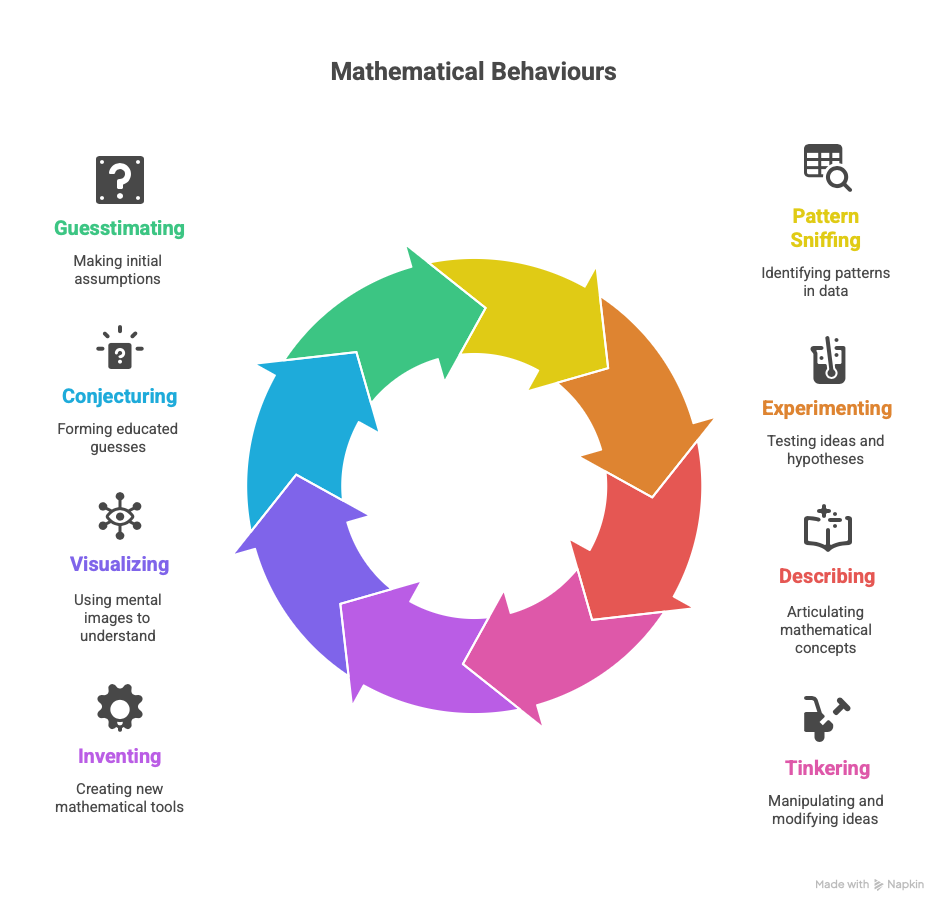
Recent evidence from Nottingham University Observatory for mathematical education offers further support with a key finding from the ‘Key Stage 3 teachers of Mathematics Themed report 25/01’ (April 2025):
“The most pressing professional development need reported by KS3 maths teachers is on the use of digital technologies.“
Direct evidence from teachers collated from conference presentations I have delivered and numerous CPD sessions I have led for both Primary and Secondary teachers support my recommendation for Dynamic Technology as the 6th Big Idea for Teaching for Mastery, e.g.:-
- “Digital technology in maths is such a powerful learning tool for all learners – our focus on adaptive teaching will need to consider this if we want to truly to ensure all children are included in the lesson.“
- “The slide on ppt clicks was incredible and made me reflect on how the children in my class learn – are they really interacting with the maths??“
- “Love the teaching ideas, schools need more guidance on this”
- “Love the interactive tangible nature of your presentation – you showed what is possible in context!”
Evidence from the neuroscientists adds further support for the use of Dynamic Technology can offer to the learner:
- ‘Advocates of dual coding theory argue that people retain information best when it is encoded in both visual and verbal codes’ (Byrnes, 2001, p. 51). It is therefore appropriate to surmise that using visualisations improves retention of the mathematics taught.
- Schacter’s (2001) research implies that students may ignore symbolic work, if not accompanied by visualisations.
- Additionally ‘Any attempt to reduce transience (memory loss over time) should try to seize control of what happens in the early moments of memory formation, when encoding processes powerfully influence the fate of the new memory’ (Schacter 2001)
- When a child has a personal stake in the task, he can reason about that issue at a higher level than other issues where there isn’t the personal stake… These emotional stakes enable us all to understand certain concepts more quickly. Greenspan and Shanker (2004)
IMO – Teaching for Mastery must include Dynamic Technology
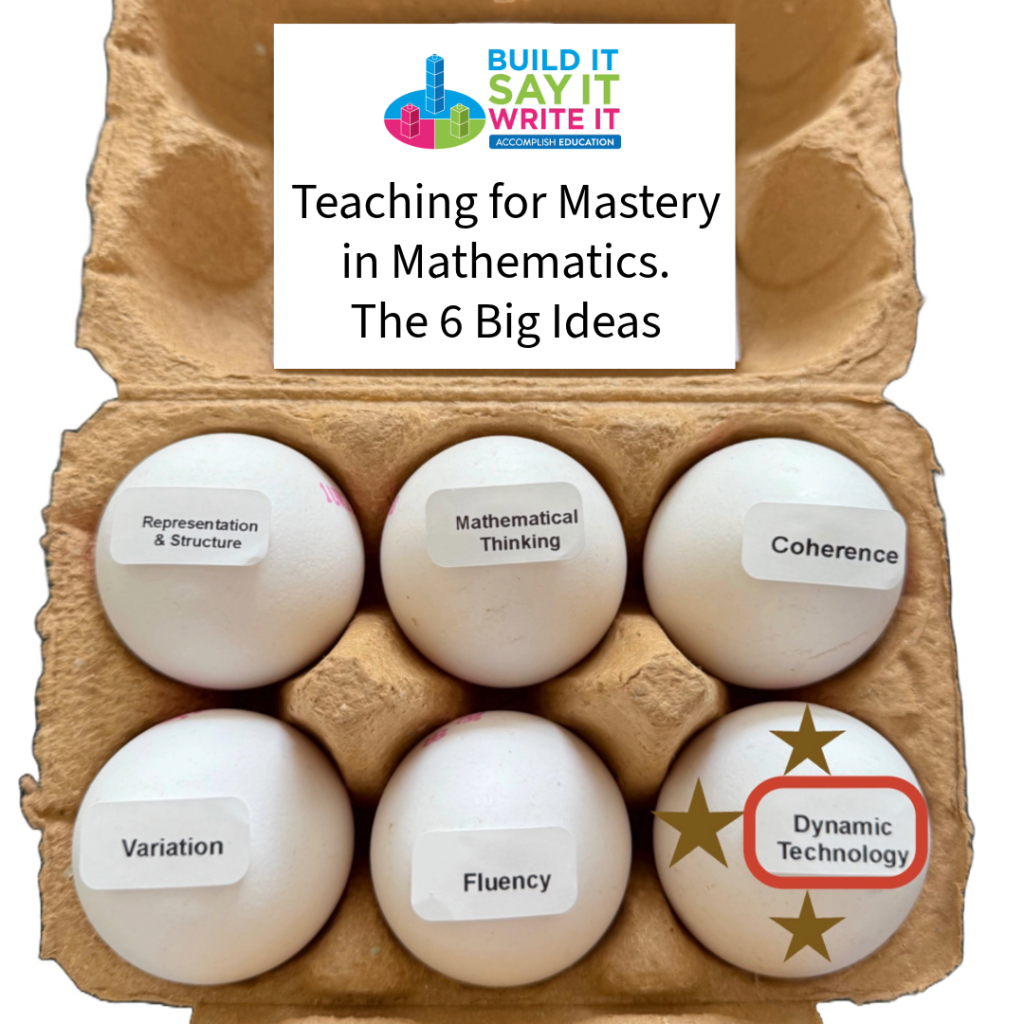
The use of dynamic technology positively impacts on and connects the other 5 Big Ideas.
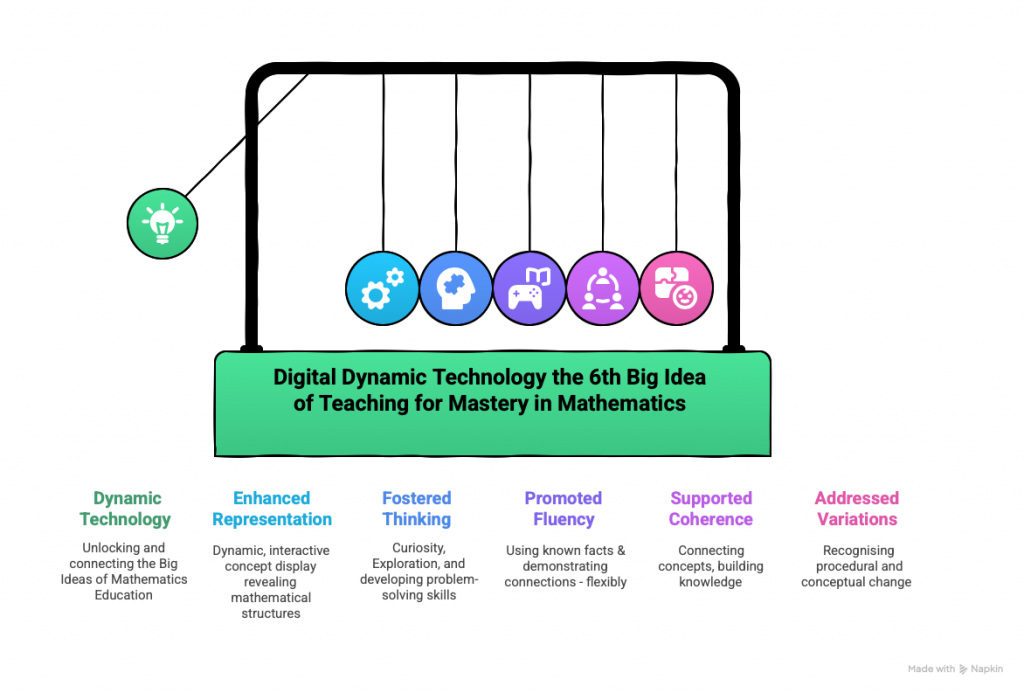
Leave a Reply to xmc.pl Cancel reply